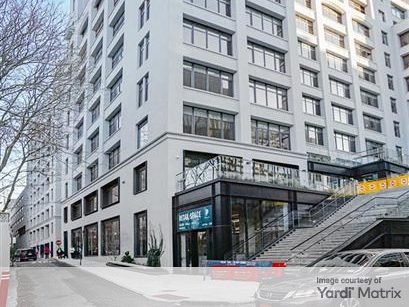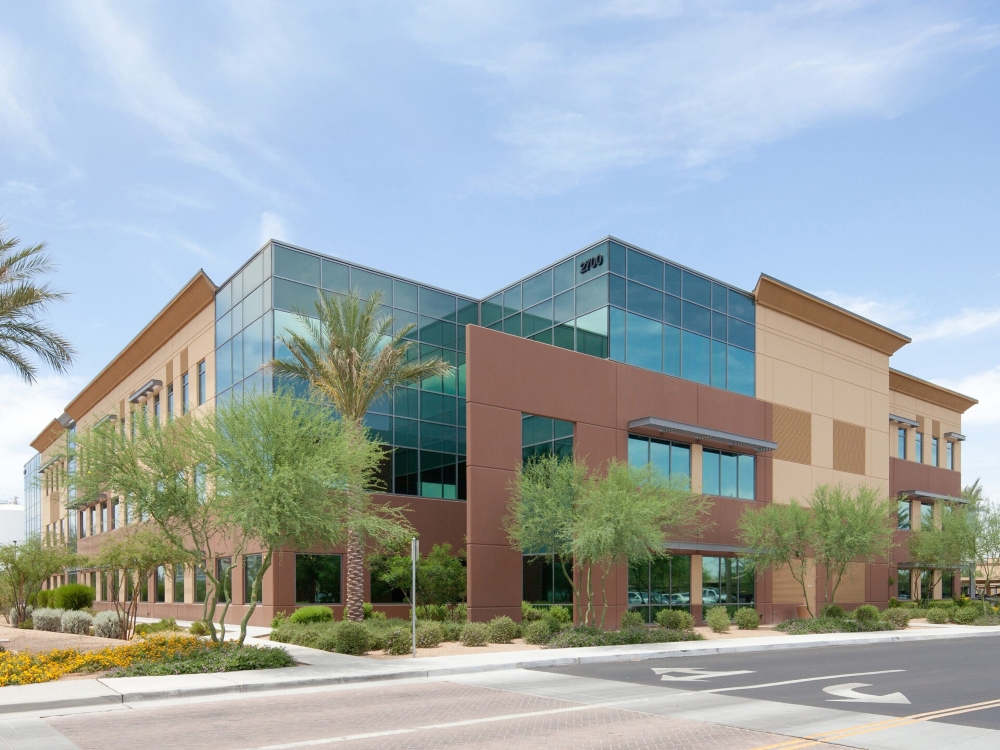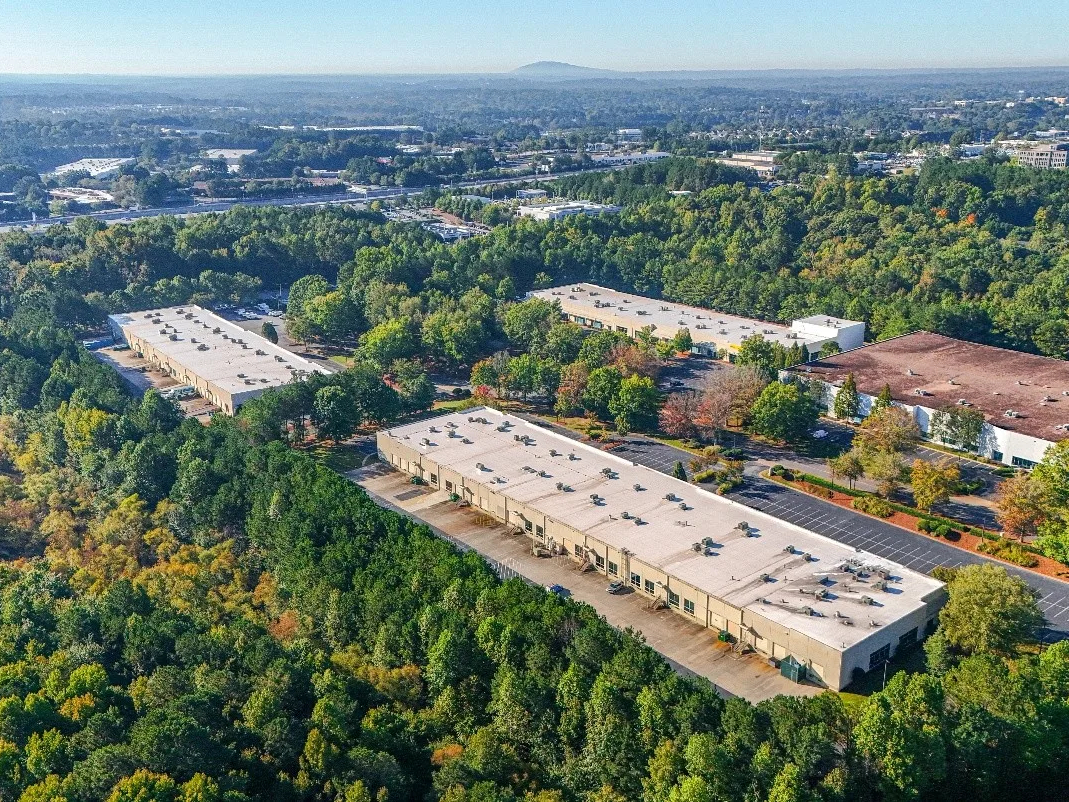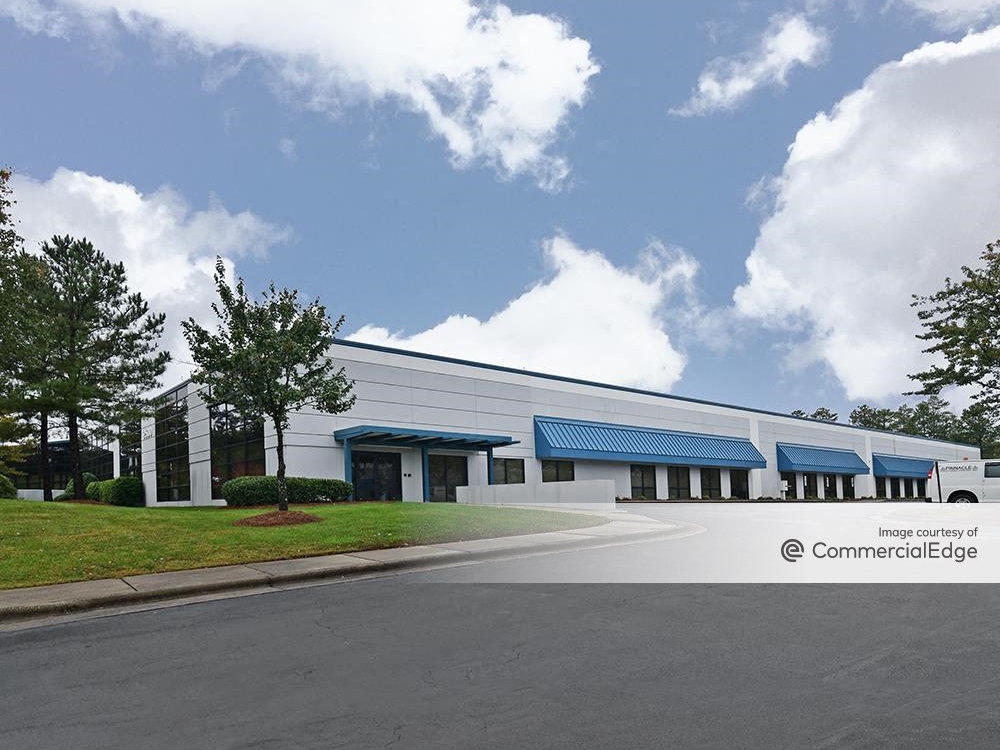Retail Investors Are Adapting to Disruption. Here’s How.
Brokers from JLL, CBRE and Cushman & Wakefield on seizing retail investment opportunities in today's economic landscape.
Over the past decades, the retail investment sector has undergone significant evolution, driven by economic downturns, technological advancements, e-commerce growth and shifts in consumer behavior. With change constantly disrupting the retail landscape, investors have become more flexible and have learned how to adapt their strategies in order to effectively navigate both new opportunities and challenges.

Today, one of the most problematic aspects for retail investors is scarcity, according to JLL Senior Managing Director Chris Gerard. Despite the invigorated investor demand for shopping centers, there’s a lack of product on the market.
“Some of the scarcity relates to the turbulent capital markets, which certainly have created a bid-ask gap between sellers and buyers,” noted Gerard.
The good news is that the all-in interest rate on retail loans has been falling since October, when the 5-year and 10-year treasuries approached 5.0 percent. “Should we continue to see a lack of volatility in the financial markets, we will also see the bid-meet-the-ask more often than not this year,” Gerard believes.
READ ALSO: Retail’s Return: Is the Sector 2024’s Sleeper Hit?
The retail subproduct categories experiencing the highest purchasing demand such as open-air shopping centers are met with the least availability from sellers in the market. This imbalance between seller-supply and buyer-demand poses numerous challenges for investors in aligning capital with suitable deals, according to Mark Gilbert, vice chair & leader of Cushman & Wakefield’s Retail Capital Markets Practice in the Americas.
“The combination of higher debt costs and fewer value-add opportunities, driven by strong fundamentals, has led to this,” said Gilbert.
Strong fundamentals prevail
Despite financing conditions remaining tight, pricing hasn’t softened as robust investor demand in the sector has preserved pricing levels, Gilbert noticed. Overall, vacancy rates are low, rents are rising and most investors aren’t pressured to sell, so instead, they choose strategic moments to divest, Gerard added.
A Cushman & Wakefield forecast shows a modest economic recession is expected in 2024, with retail asking rent growth set to decelerate from 4.3 percent in 2023 to 3.3 percent this year, still maintaining positive growth. In fact, investors are becoming increasingly aware of retail’s resilience. The same report shows that as of the last quarter of 2023, more than 90 percent of retail investors expected retail occupancy to remain the same or increase in 2024, with virtually all anticipating positive rent growth.
The steady rise of e-commerce has been one of the main factors supporting low vacancy rates. Today, retailers understand the symbiotic relationship between their online presence and the brick-and-mortar experience they offer, using e-commerce to drive sales at their physical locations to be closer to their consumers. E-commerce has boosted the brands of many brick-and-mortar retailers who have become more flexible in allowing for returns or implementing BOPIS—buy online, pick up in store—systems.
“E-commerce is no longer viewed as a threat to retailers or investors and will continue to be a foundation of the omni-channel model,” said CBRE Retail Investor Leader for the Americas Todd Caruso.
What are retail investors interested in?
Last year, the higher interest rate environment, coupled with the threat of inflation, slowed transaction activity across all commercial real estate classes. As of the first half of 2023, U.S. retail transaction volume was down 48 percent year-over-year, to $24.7 billion, according to Dean Sands, a managing director with JLL’s Retail Investment Sales and Advisory Team in Washington, D.C. Dean noted that grocery-anchored retail centers were the most heavily transacted multi-tenant sub-type by volume, followed by unanchored strip centers and power centers.
READ ALSO: What’s Ahead for Retail in 2024?
Grocery and necessity-based retail was—and continues to be—the most liquid and highly sought-after type of retail asset. “Large format retail, given its current high occupancy rates and higher growth potential, has become a cash vehicle for many investors with strong cash-on-cash returns in the high single and low double digits,” Gerard said.
Unanchored strip centers have also begun to attract an increasing number of institutions, REITs and private investors, according to Caruso. The wall of capital forming around unanchored strip retail, also known as convenience retail, has caught savvy investors’ attention.

“These convenience centers were battle-tested during the pandemic and investors were rewarded with stable cash flows,” said Gerard. “Suddenly, but not unexpectedly, billions of dollars in equity have been raised and are being deployed to acquire these small, local shopping centers.”
Meanwhile, one trend that continues to gain momentum is experiential and entertainment-focused retail concepts. Consumers have become more aware of how they spend their time and if retailers don’t create an enjoyable customer experience for them, they will find alternatives.
“Retailers must make it easy for the consumer to pick your store, your center, your experience over the competition.” said Gilbert. “It has become increasingly more important for landlords and tenants to partner in this process.”
More openings, less closings
The positive consumer sentiment, coupled with healthy supply and demand fundamentals at the property level, has helped drive the shift from store closures to openings, according to Caruso. For many years, the retail sector was overbuilt and under-demolished. After that, developing retail centers was hard to finance and the sector experienced “a wave of retail bankruptcies,” as Gerard put it.
During and post-pandemic, the development of new retail properties was heavily impacted by higher costs for construction, debt and equity. As a result, future development has become increasingly difficult to justify, and necessitates significantly higher rents. So today, the number of retailers looking to open and/or expand stores exceeds the number of retailers experiencing closures by about three to one, according to Gilbert.
“This has pushed occupancy rates across the country above 95 percent and retail was the only major asset class to see its vacancy rate decrease in 2023,” he added. In fact, Gilbert expects another strong year of store opening vs. closings as new concepts emerge in both food and beverage and experiential, keeping demand for retail space high.
What’s next?

As the first quarter of the year draws to an end, overall transaction volumes will be close to 2019 or 2021 levels, Gerard believes. Going forward, the broker anticipates large trades of more than $100 million to be more prevalent—including portfolios—which were few and far between in 2023.
One thing that is expected to support retail investment is the anticipated decline in interest rates later this year.
But Gerard believes that investors should not wait for the perfect deal in the perfect economic environment. “We are experiencing the greatest retail fundaments of my more than 20-year career, leading to sizable NOI growth and a falling cap rate environment,” he said.
Despite the positive momentum in the sector, the location of a retail property will continue to play a crucial role. “Buy based on location, understanding the timing of location—which is ever-evolving—and the assets that are fundamentally easy to access and shop,” noted Caruso.
All in all, high-quality, established centers with below market rents and acquisition costs below replacement costs should continue to benefit from rent growth, tenant performance and demand, Gilbert concluded.







You must be logged in to post a comment.